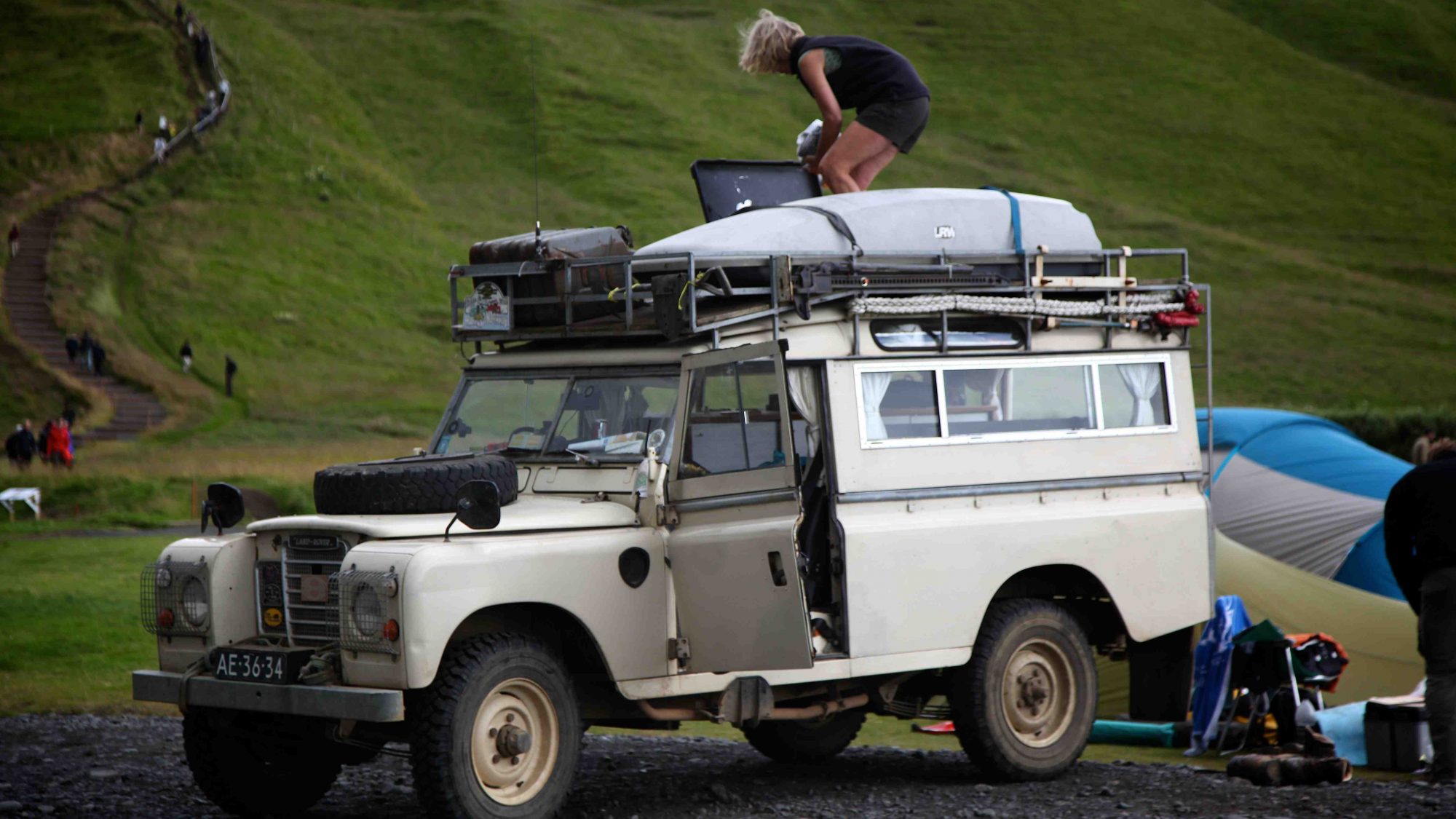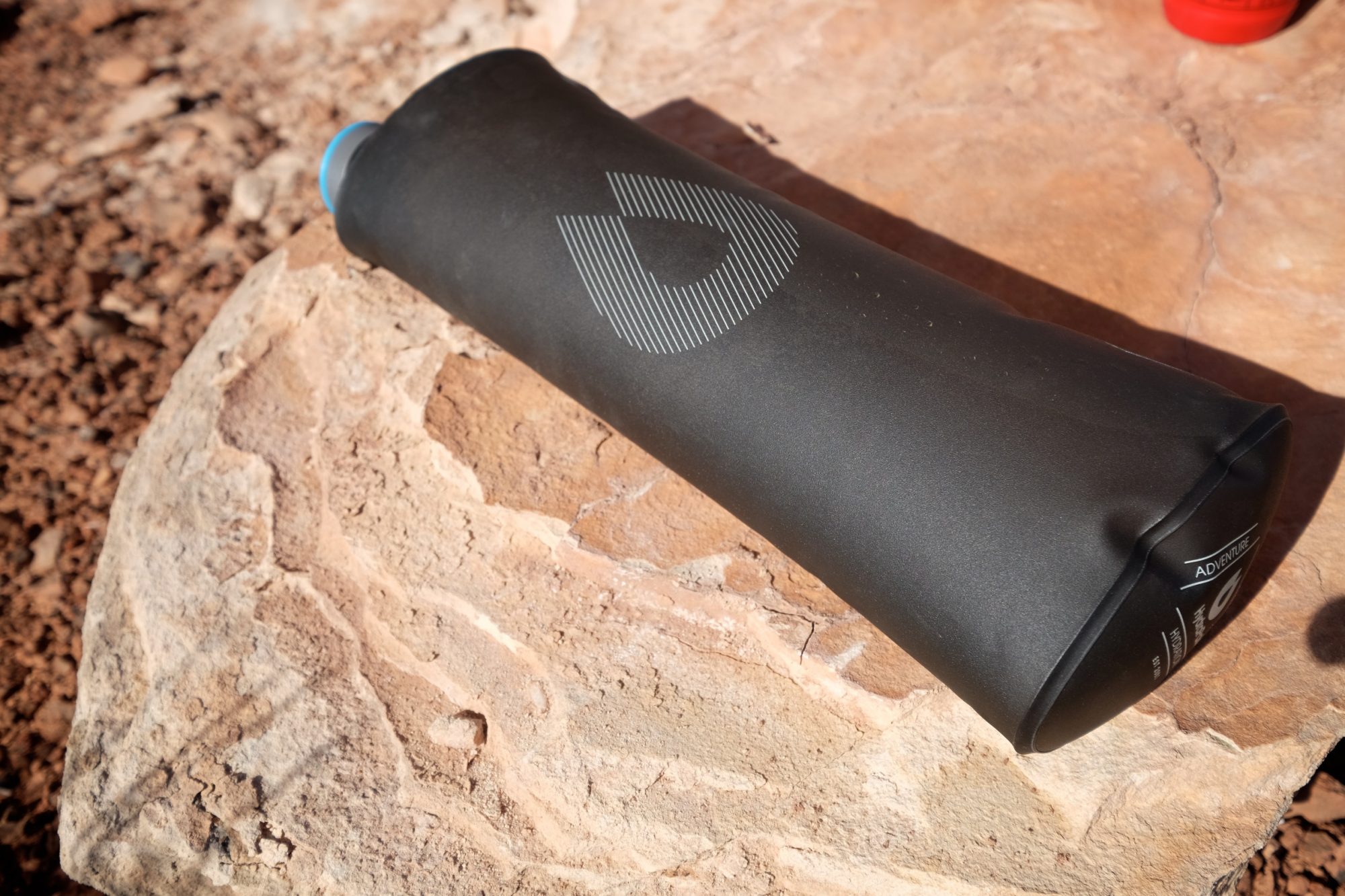My favorite memories from childhood involve a series of road trips I took with my dad in his 1956 Corvette convertible. Not that it could fit much in the way of luggage, but we never bothered to bring any. My dad would often toss a couple of toothbrushes in the glove box and say, “There, we’re all set.” I suppose that’s when I realized just how little was needed to facilitate a fun adventure.
There are several reasons why I still travel light and topping that list is this fact: it’s easier. The more junk you bring, the more likely your trip will devolve into a tiresome exercise of moving said junk from point to point. It’s also more stuff to lose and manage, plus there’s the challenge of how to effectively transport it.
Lightweight vs. minimalist
In pursuit of the journey unfettered, it’s important to draw a distinction between lightweight and minimalist travel. Because gear and apparel technology is so advanced, it is entirely possible to carry a ton of items, but in a small bundle. This should not be confused with packing the minimum. If you really want to be liberated from the burden of baggage, the lightweight and minimalist approach is the way to go.

Little capacity = less stuff
I’m sure all of us at one point in our lives have put a giant suitcase on the bed and ended up sitting on it to get it closed. It’s one of the great mysteries of life, but no matter how large the container you use, you will always find stuff to cram into it. This applies to backpacks, motorcycle panniers, SUVs, and trailers. If you buy a truck with 80 square feet of cargo space, top it with a roof rack, then hitch a trailer to it, some unexplained force is going to compel you to fill every bloody inch. If on the other hand you limit your cargo toting capacity to a target size, chances are you’ll figure out how to make it work.

Our rented Jimny in Iceland demanded we take just two duffel bags for all of our gear and supplies. It was more than enough.
Go without
This is a pretty basic concept but it’s a tough nut to crack for many travelers. Overlanders love their stuff and hate to leave it on a shelf when they roll down the driveway. There’s no reason to deprive yourself of everything, but maybe you can get away with one lantern rather than a box full of them. Perhaps you don’t need to bring three pairs of boots or that folding chair. I’ve found I haven’t died yet from sitting on the ground. Every year I watch my favorite movie, Jeremiah Johnson, and he sits on the ground. There’s no doubt that going without comes at the sacrifice of a few creature comforts, but somewhere in there a balance can be struck.
Make light choices
There are things you can’t leave behind, but that doesn’t mean you are committed to heavy and bulky items. Try swapping your chunky two-burner stove for a one-burner unit. Maybe exchange that for a tiny alcohol stove, or follow the advice above and go without. If you shop smart, you can find innumerable ways to cut pounds and reduce the bulk of your kit. Have you ever seen those overlanders who pack their sundries and undies in a 25-pound Pelican hard case? Why not use a small duffel instead? If you seek out lighter and smaller items, I promise you will find them.

Sort, then sort again
Before I depart for any outing I lay all of my gear on the floor and begin the process of culling the excess. If you’re going to take the minimum, you have to be very calculated with what makes the cut. I try to select items with multiple uses. My down jacket doubles as a pillow. I’ve used my motorcycle panniers as my camp chair and table. It’s only during a careful sorting of my gear that I can visualize what I have, what I don’t need, and how to plan for unforeseen circumstances. This exercise also ensures you don’t cut too deeply and forget something critical.

Buy fancy technical apparel
Much of what we take on any outing is clothing. Depending on the season and destination, apparel choices can be critically important. Traditional backcountry travelers, as in those on skis, bicycles, and on foot, have always had an elevated understanding of technical fabrics. Knowing which materials best benefit the overlander can go a long way toward reducing your item count and overall weight.
Whereas cotton and cheap polyester fabrics can quickly develop a funk or take forever to dry, other materials like Merino wool or anti-microbial poly and nylon fabrics can be worn for multiple days without getting foul. When they do get washed, they dry quickly. I also travel with stain-resistant pants and shirts which allow me to wear them multiple days between cleanings. Other advanced apparel designs resist wrinkles, repel water, or provide impressive warmth relative to their weight. Instead of that heavy waxed-cotton jacket, which admittedly looks dapper and rugged, pack a light GoreTex layer instead. I’ve traveled for weeks on end with only a couple pairs of Merino wool Darn Tough socks or synthetic Exofficio underwear. Modern textiles are light, compact, effective, and a key ingredient in the minimalist’s inventory.
Buy high-caliber gear designed to be compact and light
It was a bitter pill to swallow when I paid nearly $500 for a tiny one-person tent, but at under 2 pounds with a packed size scarcely larger than a water bottle, it was my only option if I wanted to meet my light and fast objective. The same is true of my ethereally light down sleeping bag made of 15-denier fabric and filled with 850+ fill down. Sometimes you have to buy your way into the lightweight category of gear.
Think outside of the box
Instead of Lexan or stainless steel bottles, sometimes I’ll travel with collapsible Platypus containers which weigh nothing and when empty take up no space at all. It may be a little extreme, but instead of camping with a variety of lanterns and headlamps, sometimes I take just a tiny flashlight and when it gets dark—I go to sleep. A few times over the years on fly-and-ride motorcycle trips, I’ve worn my boots and jacket on the plane and used my helmet as a carry-on. If you only have the minimum, you’ll figure out how to make it work.

It doesn’t take much of a skilled traveler to pack way more than they’ll ever need for any given outing. The lightweight minimalist on the other hand has to be far more savvy lest they depart with items they should not have left without. Practice makes perfect and the more you push the envelope of minimalism, the easier it will become to meet your gear reduction goals. To prove you don’t really need your full arsenal of gear, the next time you head out for an overnighter, just pack a toothbrush. I promise you won’t die.


